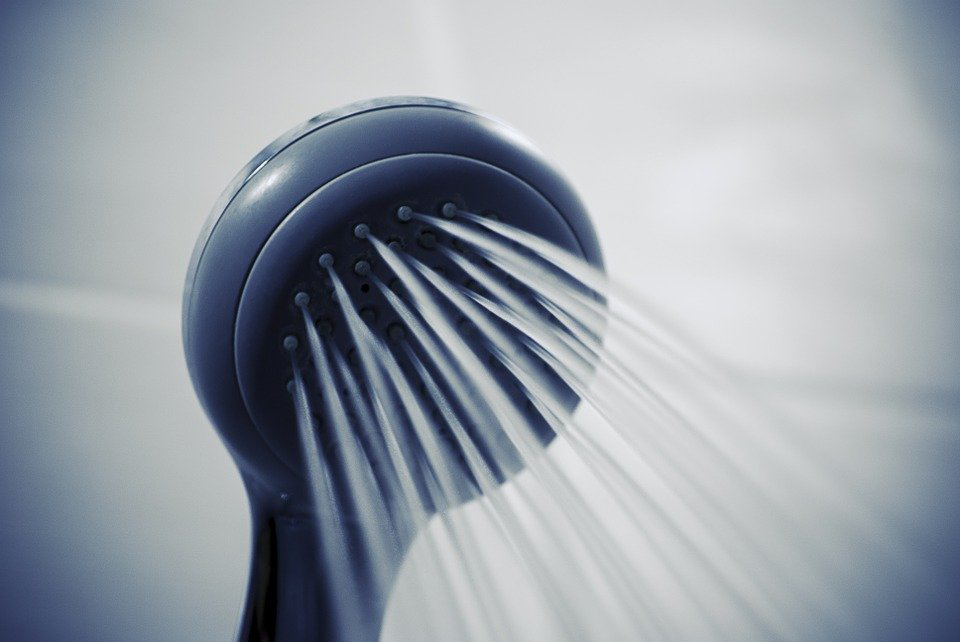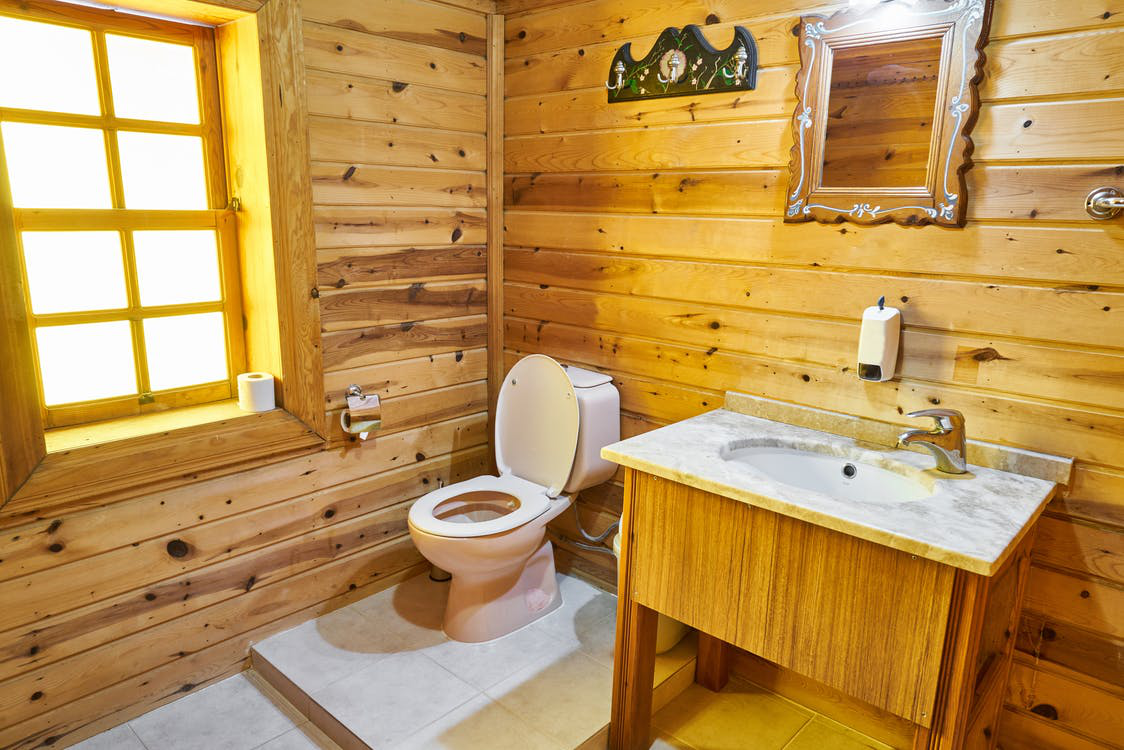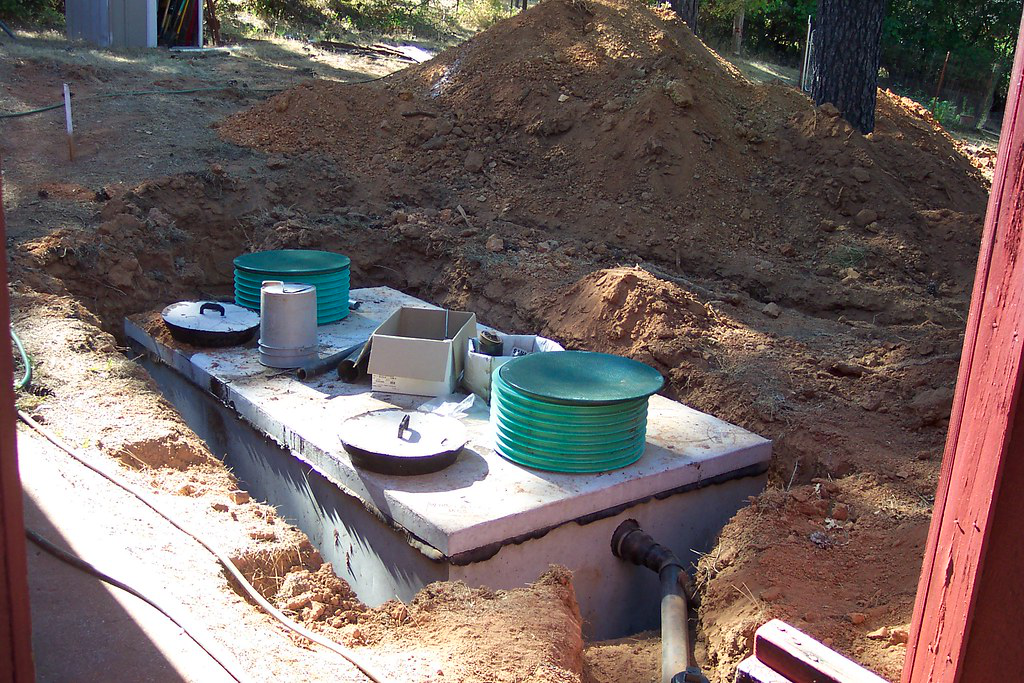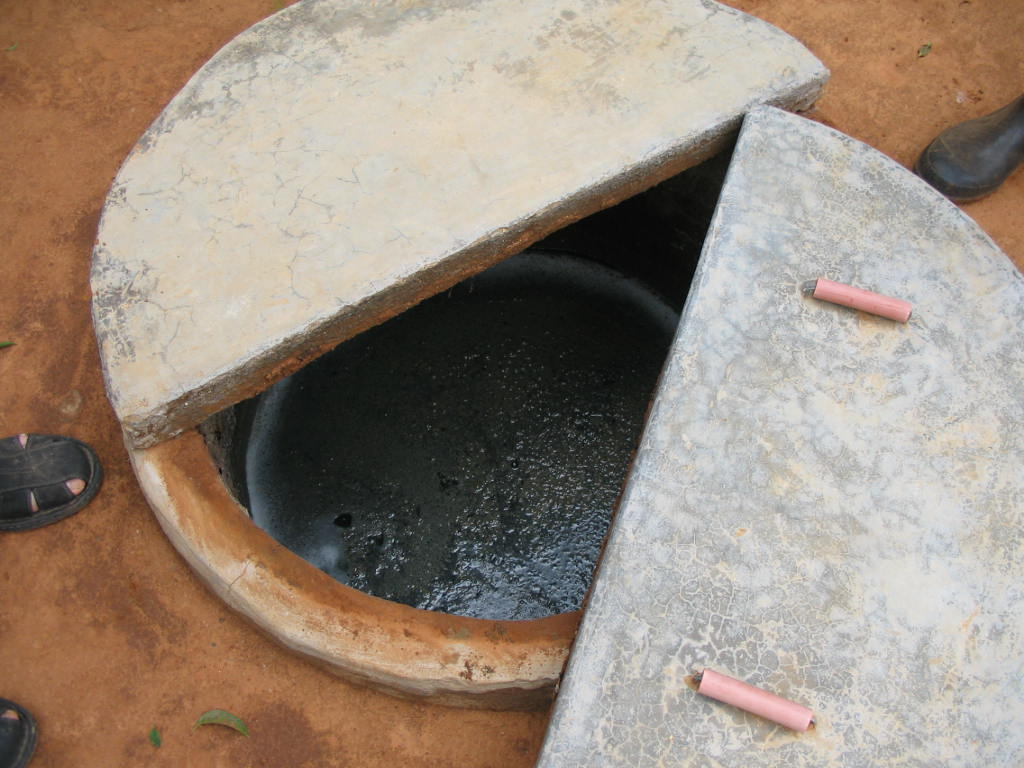It’s designed to keep toilets clean and tidy after every use. It’s beneficial for people on the go or businesses and offices. You will never have to worry about expensive cleaning methods anymore. How does it work:

Toilets constitute at least 30% of the water consumption in the average American household. However, these numbers can be significantly reduced with collective efforts of all household members.
You don’t necessarily have to start with the toilet, but since water wastage is the highest here, we’re going to look at all the ways you can start saving water in the toilet.
Not only will doing so reduce your carbon footprint but it will also help you save hundreds of dollars by cutting down on the cost of your water bill.
It’s also important for us to make consisted efforts to conserve our water resources because these are depleting at alarming rates. We have to do everything at our end to make sure that we don’t enter into a water crisis prematurely, if at all.
Here are some things you can do to save water in the toilet and make it more hydro-efficient.
Who doesn’t love hot showers? But while waiting for the water to heat up so we can shower, we leave the shower running too long and waste that water.
You can always collect the cold water in a bucket and keep it aside for filling the water tank in the toilet, or even watering your plants.
You can also switch to showering with a bucket because it helps you waste less water while you lather shower gel or shampoo your hair.
Leaky pipes, faucets and water tanks in the toilet are the top reasons for water wastage in bathrooms.
A leak can lead to wasting up to 90 gallons of water or more in each household.
If you notice an alarmingly high water bill despite all your efforts to save water, it might be time to check for leaks in your home in the pipes.
Sometimes, we flush unnecessarily, which can end up wasting water.
If your toilets aren’t high efficiency, consider getting a dual flush toilet that allows you to choose between two different modes of flushing.
Alternatively, you can quit flushing all together and get flush sheets instead, which take care of waste disposal and cut down the need for washing your toilet too often!
Trackless Flush Sheets are soluble rapid dissolving commode sheets that dissolve in the water inside a commode and contain enzymes that help break down the waste and also reduce the amount of water and harmful cleaning chemicals needed to flush. It also eliminates the need for costly plumbing and septic repair costs.
For more information about these useful water saving product for your toilet, you can contact us at (770)-325-0826.

According to the Environmental Protection Agency, septic tank systems are becoming more common by the day. One in five homes in the United States now has a septic system installed.
However, not all homeowners practice proper maintenance when it comes to their septic tanks. This can pose a risk to your family’s health and well-being, while also being harmful to the environment.
Learning how septic tank systems work can help you understand how to take care of them better. Here are some useful tips:
There’s a wide variety of septic system designs out there, depending on the location, neighborhood, and country. To find out if you have a septic tank system in your home, click here.
Some factors that play a crucial role in determining the right design include:
Some common septic systems include:
These wastewater treatment tank systems consist of cylindrical tanks that are watertight. The tank itself provides a place for good bacteria to grow and settle; these organisms are at the heart of the entire system.
These bacteria break down waste so only clean water is released. When the waste enters the tanks, it is in an effluent state, which means it’s watery. The anaerobic bacteria start working on the organic waste and break it down further.
Eventually, the solid parts or sludge, which are inorganic, descend to the bottom of the tank. The rest, known as called scum, is made of oils and greases and makes its way to the top.
A filter in the tank keeps the solids from escaping the tank while the effluent liquid exits from the drain and into the gravel surrounding the tank. The gravel contains aerobic bacteria that decompose the waste further so clean water can go into the aquifer and mix with the ground water.The vast majority of the households in the United States are connected to public sewers to get rid of the waste. However, according to the United States Environmental Protection Agency, over 21 million homes in the country still use septic tanks to trap and filter their toilet waste. Septic systems include an underground tank that holds the waste materials until it naturally breaks down into components such as water, gases, and solids over time.
While highly efficient, the septic system is usually designed only for human biological waste. However, in a common household, there are many other things that find their way into the septic tank such as kitchen waste, the output from washing machines and dishwashers, and non-biodegradable ‘flushable’ products.
As a result, the septic tank is unable to function properly, resulting in common issues such as:
The biggest issue with septic tanks is excess water. When the water waste increases more than the capacity of the tank, the solid waste in the tank doesn’t get the chance to break down in time. When the water level reaches the distribution tubes, these solid chunks of waste pass into the tubes. The tubes are only built to handle water to they become clogged or blocked and prevent the water from flowing out of the tank.
You can reduce the water usage by limiting the number of showers you take each week. It also helps if you spread out the laundry over several days instead of doing it all on a single laundry day. Flushing the toilet too many times also causes the water levels in the septic tank to rise rapidly. An efficient way to reduce the number of times you have to flush the toilet to get rid of the waste is to use Trackless Flush Sheets.
Another common issue faced by homeowners with septic systems is physical damage to the tank. There are several causes of physical damage to the tank, including too much pressure over the septic system, growth of tree roots, parking or driving over the system, or doing construction work. Flushing down non-biodegradable items down the toilet and using detergents and cleaning products with harsh chemicals also causes damage to the septic system.
A good strategy is only to use bio-degradable products that are made with natural ingredients for washing your clothes and cleaning the toilet. You can also cut down the need for using chemicals to clean your toilet by using Trackless Flush Sheets.
The septic system requires regular maintenance of different component to continue working efficiently. A breakdown in the system can point to inadequate maintenance. The septic system should be pumped every 3 to 5 years, depending on the usage. A septic inspection is also essential every couple of years to make sure there are no leaks or blockages.
However, if you are using too much water and flushing the wrong stuff down the toilet, you’ll need to have your septic tank pumped more often increasing your maintenance cost!

The septic system requires regular maintenance of different component to continue working efficiently. A breakdown in the system can point to inadequate maintenance. The septic system should be pumped every 3 to 5 years, depending on the usage. A septic inspection is also essential every couple of years to make sure there are no leaks or blockages.
However, if you are using too much water and flushing the wrong stuff down the toilet, you’ll need to have your septic tank pumped more often increasing your maintenance cost!
Avoid common septic tank issues by investing in Trackless Flush Sheets. Trackless Flush Sheets are high-quality soluble toilet flush sheets that contain useful bacteria-eating enzymes. You can place them inside the commode to help break down the waste and flushed paper at a molecular level and ensure safe and environment-friendly disposal of the waste. The specially designed toilet flush sheets guarantee the cleanliness and hygiene of your toilet while ensuring efficient waste disposal.
Save the environment and minimize water waste by ordering high-quality toilet flush sheet for your home or office toilet. You can find them here.
© 2024 Trackless Flush Sheets